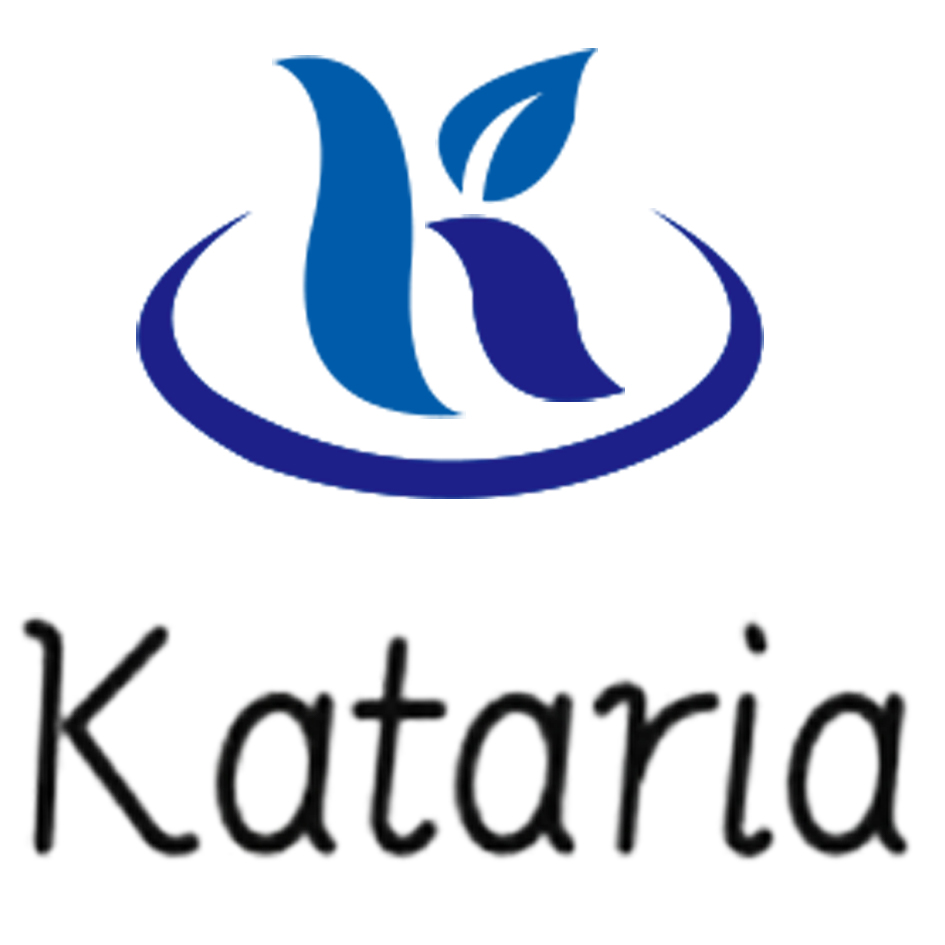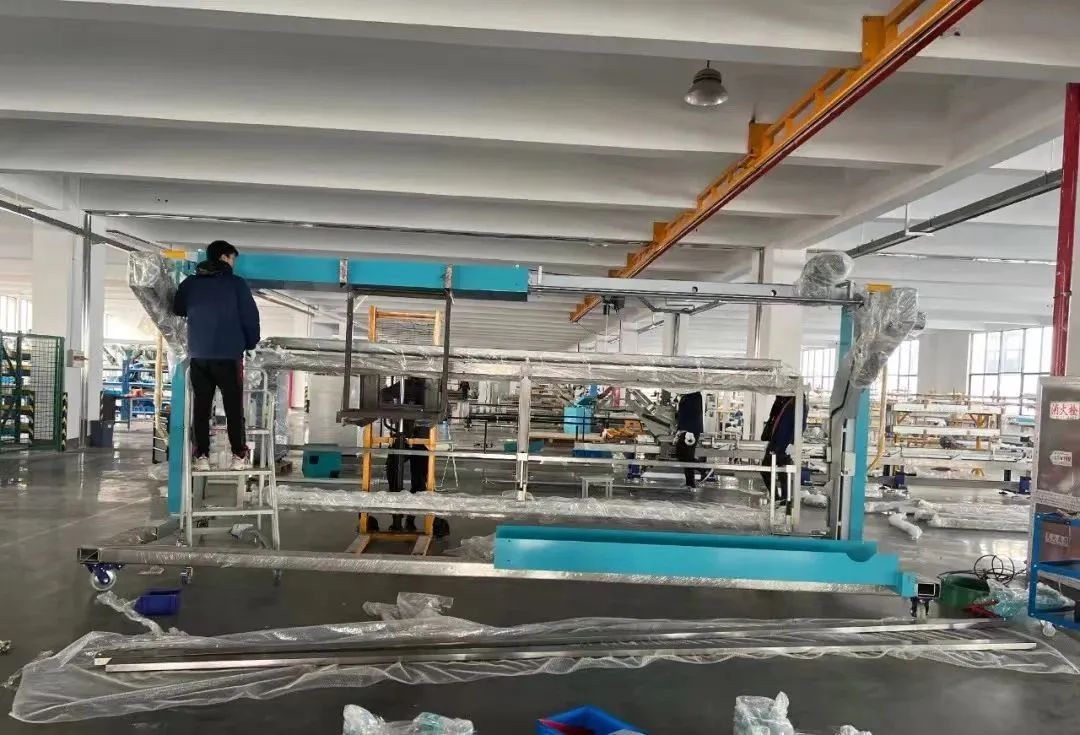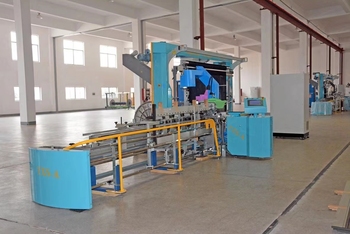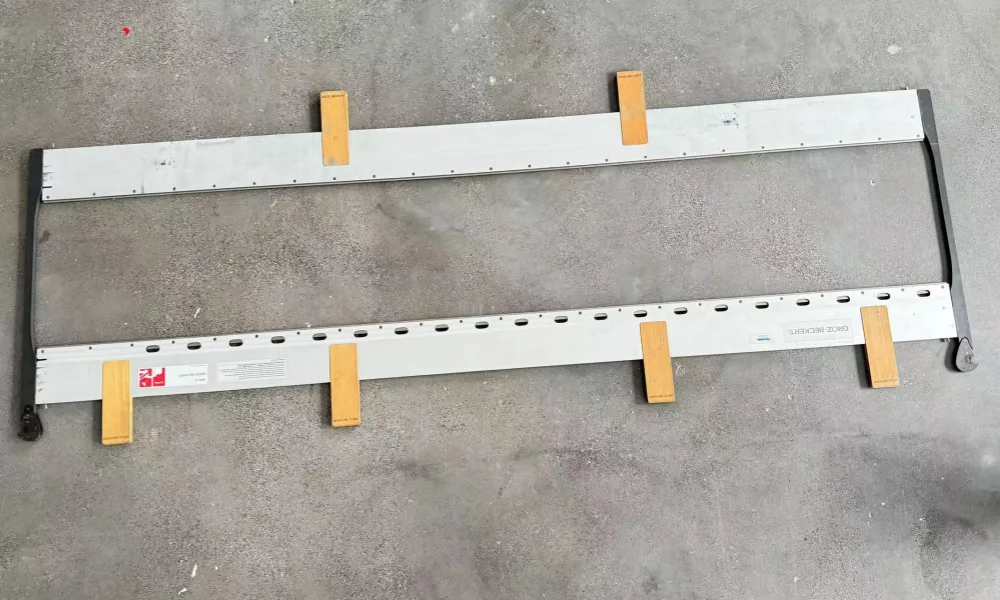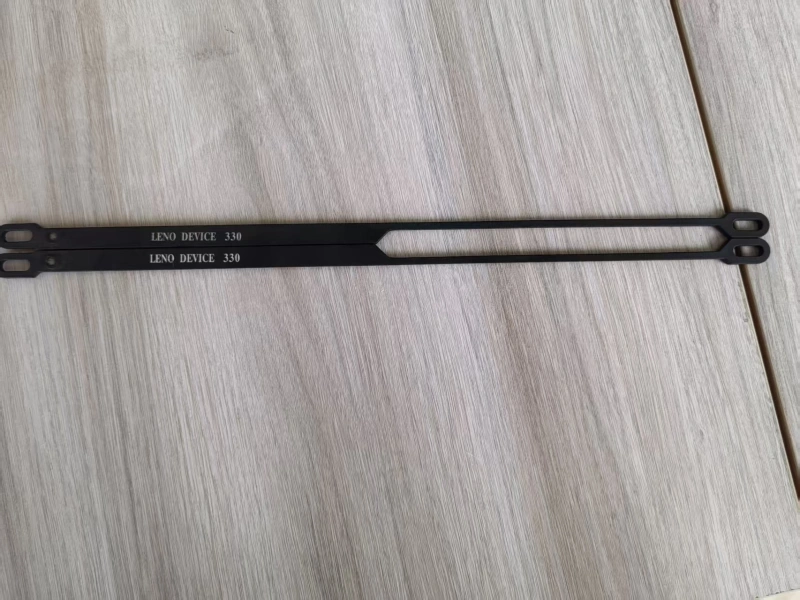The Role of Automatic Drawing-In Machines in Modern Fabric Equipment
2024-12-06
In the ever-evolving textile industry, the integration of advanced technology has revolutionized the way fabric equipment operates. One of the standout innovations is the automatic drawing-in machine, which has significantly enhanced the efficiency and precision of fabric production processes.
Automatic drawing-in machines are designed to streamline the preparation of warp threads for weaving. Traditionally, this process was labor-intensive and time-consuming, requiring skilled operators to manually thread each warp yarn through the heddles and reed. However, with the advent of automatic drawing-in machines, this task has become remarkably efficient. These machines utilize sophisticated mechanisms to automatically draw in multiple threads simultaneously, drastically reducing the time required for setup and minimizing the risk of human error.
The benefits of incorporating automatic drawing-in machines into fabric equipment are manifold. Firstly, they enhance productivity by allowing manufacturers to produce fabrics at a faster rate. This is particularly crucial in today’s fast-paced market, where demand for quick turnaround times is ever-increasing. Secondly, the precision offered by these machines ensures consistent quality in the final product, as each thread is drawn in with uniform tension and alignment.
Moreover, the automation of the drawing-in process contributes to a safer working environment. By reducing the need for manual handling of threads, the risk of workplace injuries is significantly lowered. This not only protects workers but also enhances overall operational efficiency.
In conclusion, the automatic drawing-in machine represents a significant advancement in fabric equipment technology. By improving efficiency, ensuring quality, and promoting safety, these machines are essential for textile manufacturers aiming to stay competitive in a rapidly changing industry. As technology continues to advance, we can expect further innovations that will continue to transform the fabric production landscape.
